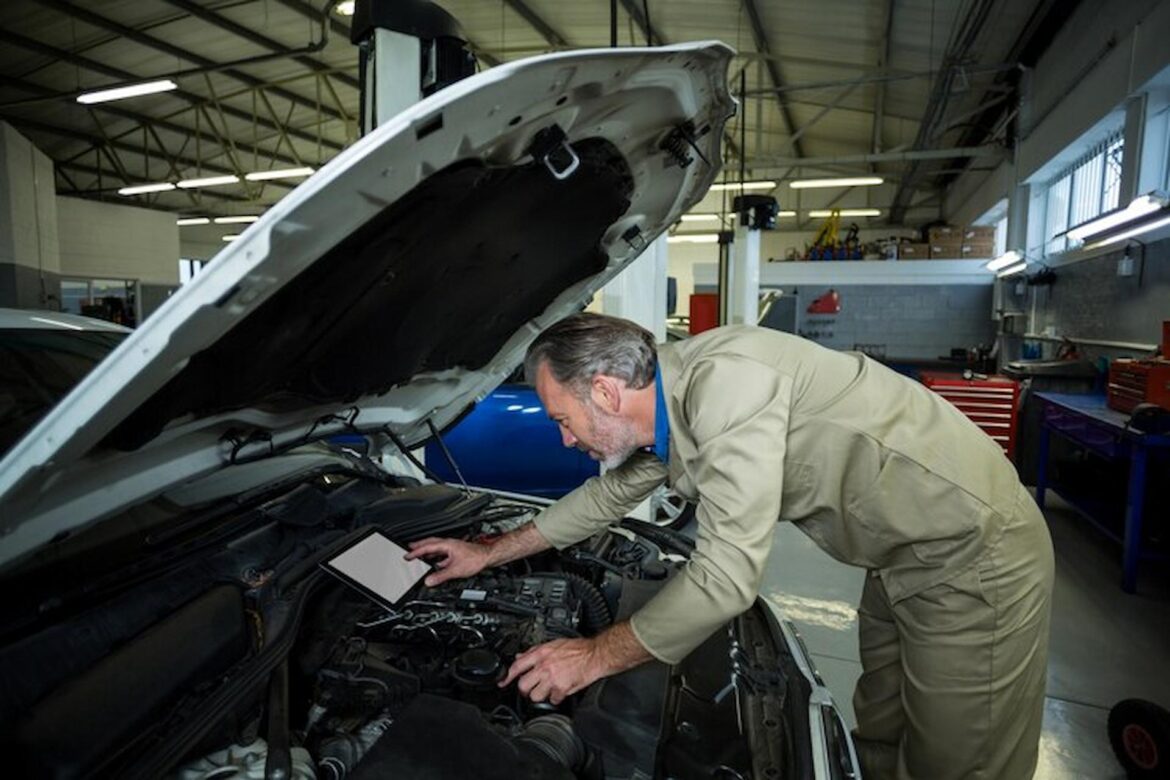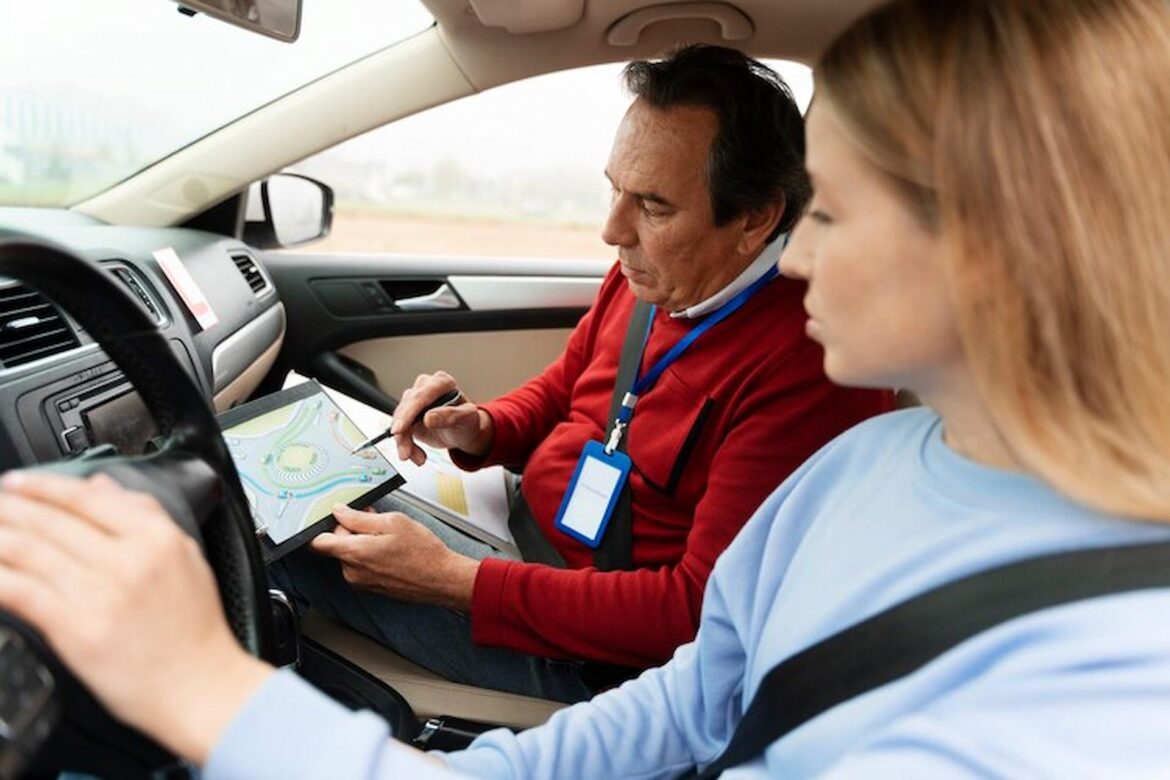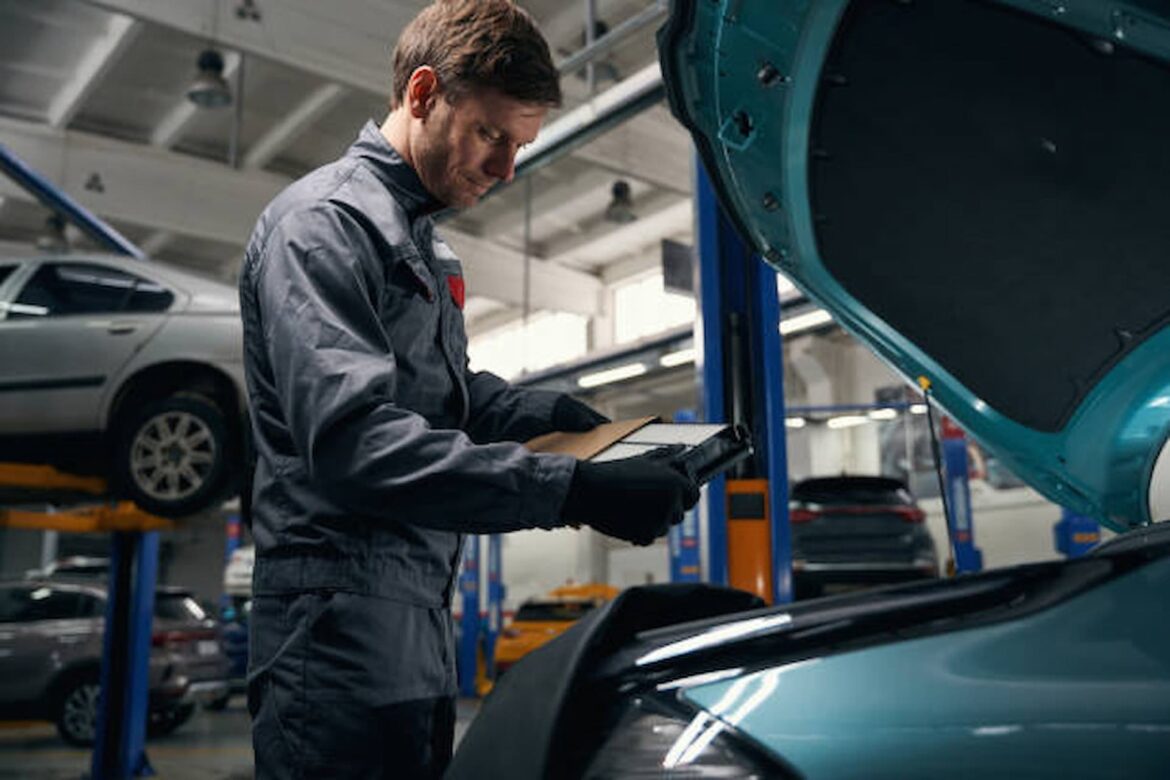Transmission slips are quite commonly observed in vehicles, especially in the automatic ones. The major problem it leads to is the amount of energy that the vehicle loses, whenever a transmission slips off. To eradicate and troubleshoot the problem, all we need to do is analyzing the causes of transmission slips and once we know that, we can easily find a way out.
As suggested by an expert from the Subaru dealer National City, to start with we have to first get into the knowhow of things that work behind running a vehicle. Needless to say, that our focus should be primarily on the role of transmission, in making the car move. The way a transmission works and knowing the ways it can affect a vehicle, when damaged, would give us many clues and directions in which we should move forward.
The Role of the Transmission
A transmission is the gear that is functional in transmitting the power from the engine of the vehicle through the driveshaft to the live axle. Currently we can find two types of transmissions in the automotive industry: the automatic and the manual.
A manual transmission uses a clutch and a gear shift that has to be operated manually by the driver through a lever or pedal. The role of the manual transmission in a car is to regulate the amount of torque to be transferred from the internal combustion engine to the transmission.
On the other hand, the automatic transmission changes the gear ratios automatically as the vehicle keeps moving. It automatically shifts the gear too without the interference from the driver and doesn’t require any shifting of levers or pedals.
When a transmission skips the function of transferring the torque from the engine to the transmission, it is known as the transmission slip. It is observed that automatic transmissions experience more frequent chances of slips than the manual counterparts.
Symptoms of a Transmission Slip
To know if your transmission is experiencing slips, here are a few symptoms to check:
- Revolutions per minute (RPM) gauge crosses above 3,500.
- The vehicle taking too much time to coast.
- There is a delay in the process of acceleration.
All these indicate that the transmission is not being able to transmit the power to the internal combustion engine in a proper way.
Causes of Transmission Slip
According to the Subaru National City, these are few most common reasons behind transmission slips:
- Low transmission fluid.
- The transmission band is broken or worn out.
- When the clutch can become too thin, it causes the transmission to slip.
Troubleshooting Transmission Slips
Troubleshooting transmission slips doesn’t become difficult, once you can correctly identify the cause. If there is low automatic transmission fluid you need to fill it up, if there is any worn out part, like the gear shift or the clutch, repair or replace it immediately. In some cases the solution might be as simple as readjusting the shift gear instead of replacing it altogether. If your transmission bands worn out, it is only a matter of replacing it, that can fix the problem.






